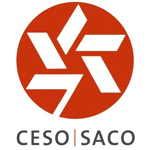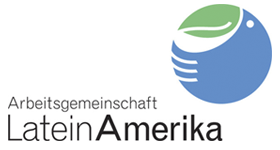Responsible travel
Tourism can play an active role in defending
the environment and cultural diversity. Well
managed, can also be the key to harmonious
local development.
Our Commitments
Tourism can play an active role in defending the environment and
cultural diversity. Well managed, can also be the key to harmonious
local development.
It is a job which involves all of us: travellers, guides, operators, local population,
State and company.
We support local
commerce, the use
of local services,
family and/or small
scale business,
which stimulate
the economies
of populations and
communities in
each area.

We promote respect for local
culture and environmental
care, providing guidelines
to follow as a responsible
traveller (particularly
during visits to vulnerable
spaces, such as indigenous
communities, reserved
areas or archaeological
sites).
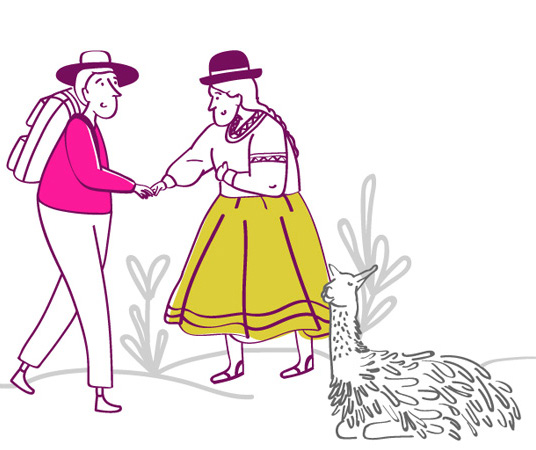
We prioritize the use
of accommodations
that have developed
responsible and
environmentally
responsible practices,
the ones that favour
the local community.
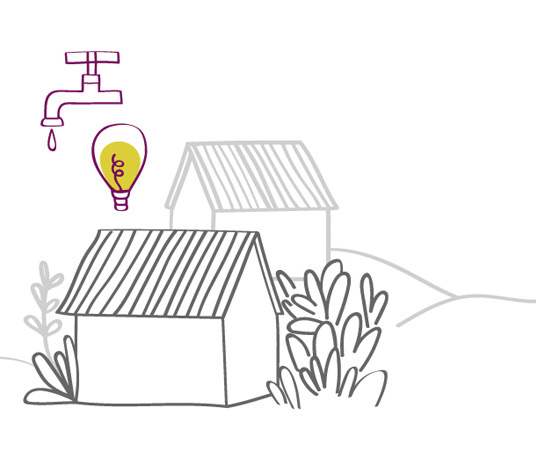

We are committed to
fighting against Sexual
Exploitation of Children
and Adolescents in
Tourism by signing
codes of conduct for
the protection of children
(The Code, ESSNA).


We work committed
to equality and
non-discrimination
based on gender, race,
beliefs, sexual orientation
or others.


We have reduced to
a minimum the use of
paper and we use recycled
paper for the production
of marketing material.

Certifications and Projects
Arawi has been involved in responsibility and sustainability since the very beginning. In 2014 we were selected by SIPPO as one of the companies participating in its program to support sustainable tourism initiatives in Peru. In 2015 we obtained the Tourcert Check.
From 2018 we have the certification of Tourcert Andina in CSR and sustainability.
“By obtaining the TourCert seal, we are committed to responsible tourism. Our management and information systems are designed to TourCert standards and have been verified by an independent auditor. The TourCert seal commits us to continuously improve environmental aspects, working conditions, customer information, as well as establish fair trade relationships. Agreements with our service providers take into consideration environmental, socio-cultural and economic criteria in the provision of services, preparation and selection of our travel offers.”
CO2 Calculator
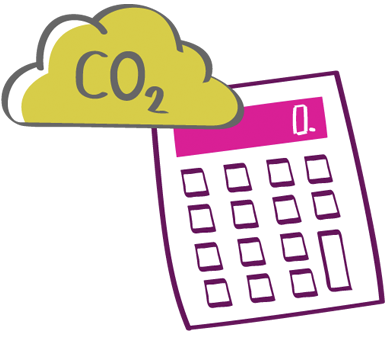
The tourism industry plays an important role in climate change and its consequences. As the World Tourism Organization states: “Mitigation of GHG emissions from passenger air transport is critical to the sustainable development of tourism”.
It is undeniable the impact of CO2 emissions and their effect on the production of greenhouse gases resulting from the increased use of air transport. And the effects of climate change are particularly sensitive for tourism, which heavily depends on the conditions of natural areas in precarious equilibrium.
In recent years, various initiatives have been developed to mitigate these effects, at least partially, in particular, reforestation projects.
You can contribute to the reduction of greenhouse gas emissions by offsetting the CO2 emissions associated with your flights:
https://co2.myclimate.org/en/flight_calculators/new
As an example, the amount of compensation for a flight to Peru: Paris – Lima, is 105 €
Why community-based
tourism
What is an andean community?
The heights of the Andes have for centuries given shelter to hundreds of indigenous communities
dedicated to agriculture or the livestock breeding which has taken place since even before the Incas.
They are the true inheritors of the pre-hispanic cultures which lived in Peru for centuries and they
still preserve a large part of the culture, organisation (agricultural technology, water maintenance,
textiles) and the cosmic vision of the ancient Andean people. Their knowledge is a cultural
inheritance of great value..
Access to the tourism market can mean an important stimulus for rapid growth and
competitiveness. This, nevertheless, should be carried out with due caution and supervised
technical criteria and a balanced approach. Tourism is an added bonus but shouldn’t be
a substitute for the local agrarian forms of economy.
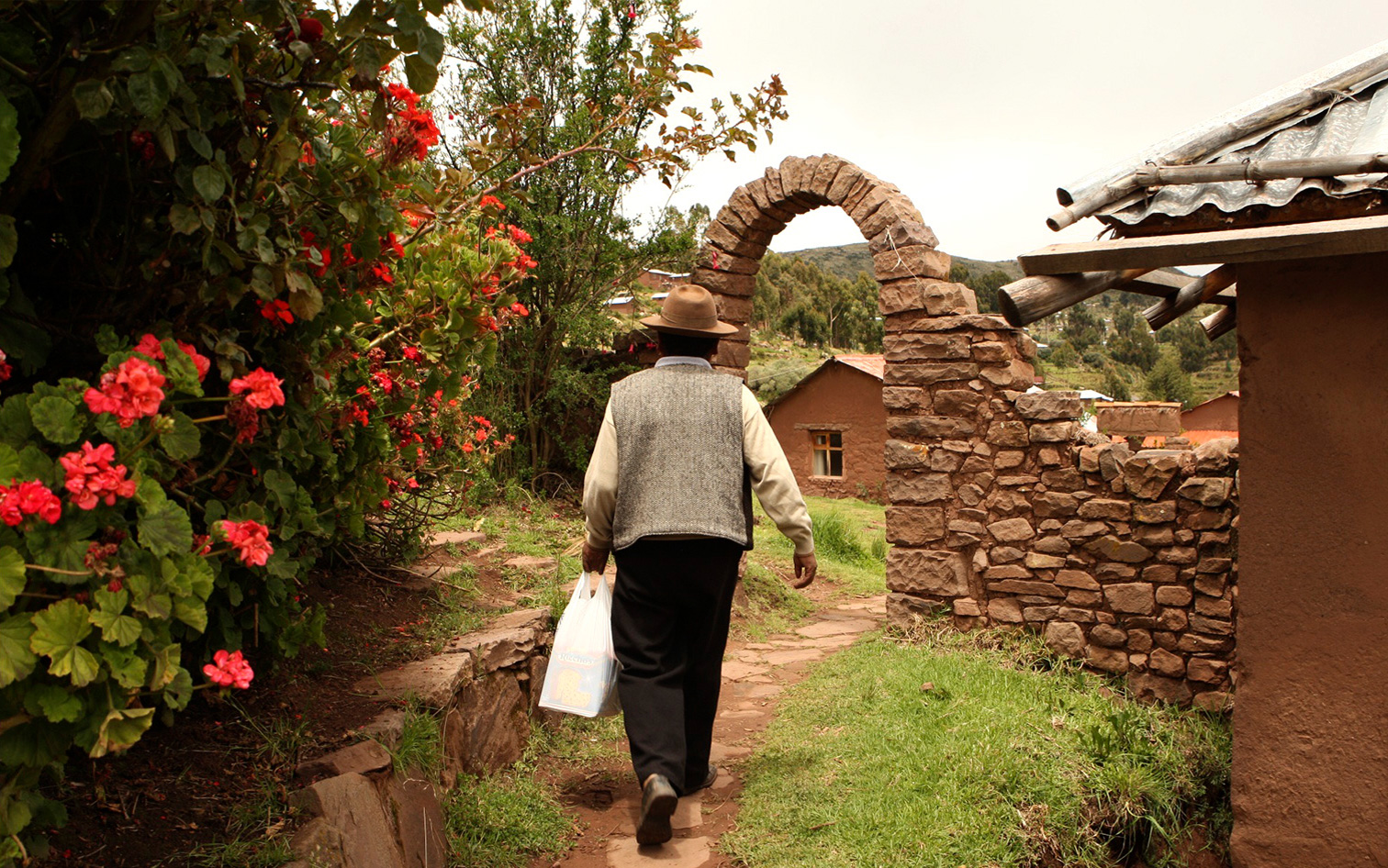
Communities we work with :
Communities in lake titicaca area

Llachón, Titicaca
Llachón is a community located strategically in the Peninsula of Capachica, on the side of Lake Titicaca, just two hours from Puno overland. From here you get a privileged view of Lake Titicaca and the islands of Taquile and Amantaní . It is an ideal place to start out on a visit to the lake; a landscape of white sand beaches, pre- Inca terraces, rock formations at the lakeside and colourful plants, unique to this micro-climate created by the lake in this area. All these features make it a special place, not only for taking a rest but also to go trekking, on a mountain bike or rowing in a kayak, as these boats are available in this community.
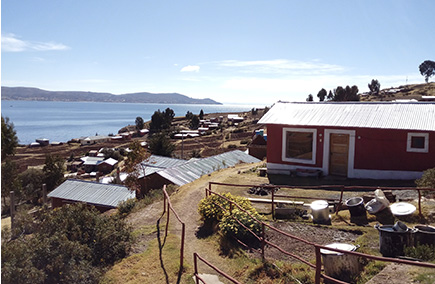
Luquina Chico, Titicaca
Luquina Chico is a small community of Aymara origin, located in the South-East of Puno, on the Chucuito peninsula. It is about 45 minutes, by boat from the port of Puno. Its name derives from Luqui, a kind of local potato, grown in Altiplano, which is used in the preparation of tunta or el chayro. Dishes made from the local Altiplano potato which the visitor may try home-made. The main livelihood in Luquina is fishing and agriculture. Tourism has enabled the local economy to diversify and it complements the other activities. The town is strategically placed and boasts a wonderful landscape and spectacular views where you can see marvellous sunrises and sunsets over the sacred Titicaca lake. From here you can visit the Taquile and Amantani islands, facing the Llachon area in the Capachica peninsula. Both these peninsulas are like two arms around the Puno Bay. The inhabitants of Luquina have set up an association, running since 2005 which welcomes the visitors to take part in community-based and participative tourism.

Atuncolla, Sillustani
In the Atuncolla community 14 families have organised the Association of Experienced-based Tourism. The families which participate in the association have improved the conditions in their homes in order to provide food and accomodation to visitors interested in the experience of rural tourism. The local residents are descended from the Qollas, belonging to the Qolla Kingdom between 1200 BC and 1400AD in the Altiplano region. The Qollas attained power a little after the fall of the Tiahuanaco culture in the XII century. A bit later they were conquered by the Incas.
Communities in sacred valley area
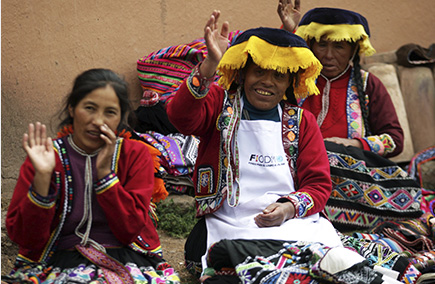
Comunidad Amaru
The Amaru community is to be found 30 minutes from Pisaq in the sacred valley of the Incas, at a height of 3.700m. From this point you get a wonderful view of the Urubamba valley and the surrounding mountains. Close by is the arqueological site of Pisaq, to which you can arrive on foot from the community.
This indigenous farming community has preserved and recovered ancient traditions and techniques which you can discover for yourself, guided by the local people themselves. They have formed an organised group in order to obtain an extra income and to ‘attach a value’ to both their natural and cultural resources. The community has grown to appreciate and be proud of its know-how in regard to weaving, traditional medicine (making use of the native plants) and agriculture. It is, for example, quite possible to take part in a weaving workshop in which we can personally experience the whole process, from collecting the plants until the use of natural dyes on wool. The association of experienced-based tourism is made up of 25 families who have spent the last 10 years recovering and preserving the local culture and its biodiversity. Part of the income received by the association is fed back into the community so as to improve the routes or other necessary tasks. This is decided collectively in an assembly.

Comunidad de Huayllafara
The community is made up of 40 families with a total of roughly 200 inhabitants. Its basic form of livelihood is agriculture and livestock farming. The Yachaqs of Huayllafara live off the fruits of the earth. Their understanding of the cycles of nature and its whims is part of the Pachamama’s ancient wisdom. It has also been a way of assuring the survival of its culture.
The local people will teach you the importance of agriculture, the cyclical changes in regard to each farming time of year, connected with the Pachamama (or Mother Earth) and its apus, by means of their rituals offered depending on their products. Also teaching them the way farming can be related to music and their festivals.
As well as this, the visitors can try out these traditional agricultural tools such as the chaquitaclla, a kind of foot-plough among others so as to practise the traditional agricultural techniques. Among their typical dishes we can find La haucha de Ullpu, made from the Ullpu plant which grows along the river Carmen.

Comunidad de Patabamba
This community has approximately 200 families. Its main activity is agriculture and livestock farming, with the graizing of the Andean llamas, sheep and cattle. Due to all this animal rearing, these people can devote quite a lot of time to weaving and artisanal activities. The community has a privileged look-out spot over the Sacred Inca Valley, which is called the Sacred Valley balcony. Their typical traditional dishes are Sancc’u (a mix of cereals with aromatic herbs with salt and sugar) and cuy lawa (cuy soup). The typical drink is la chicha de jora, la chicha blanca (made from quinoa mixed with maize and beans). The community still has many ancestral traditions such as Carnaval (which has taken over the ancestral ritual of Pukllay) which takes place between February and March. Also, at this time of year the single young men and women collect flowers and celebrate Las Yunsas ( a fiesta held round the base of a tree).Besides these, there is a tradition of hitos and linderaje with carguyoc or mayordomos between carnavals. On 3rd May Cruz Velacuy is also celebrated as well as the San Juan Fiesta on 24th June.
Communities on the north coast
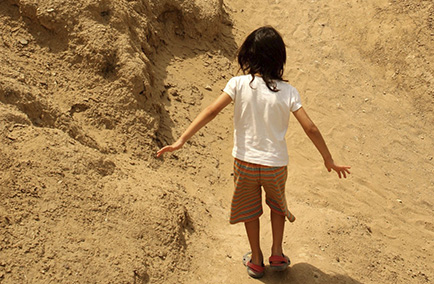
Comunidad Campesina Muchik Santa Catalina de Chongoyape, Chiclayo
The Santa Catalina de Chongoyape community is located an hour and a half from Chiclayo, in the dry carob woods of Chaparrí. This community working alongside the photographer, Heinz Plenge, managed to create and manage the first private conservation area in Peru. Here the endemic species in danger of extinction are protected, such as the Spectacled Bear and the White-Winged Guan The revenue received from eco-tourism is used in the following way:
40% of the money is used in maintaining the reserve
25% is invested in health services
15% is invested in education
10% is for the local community consultants
10% is for La Ronda Campesina (the local security forces)
Huascaran National Park, Huaraz
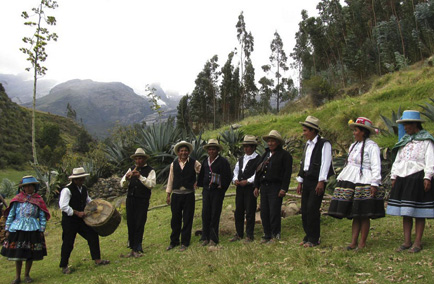
Comunidades de Humacchuco y Vicos
The Humacchuco and Vicos communities are part of the Cuyaquiwayi Association which is made up of 8 community families who share close ties with another 20 families including artisans, bread makers, musicians and transport workers. This association seeks to diversify the community families’ income by means of developing sustainable tourist products which give added value and preserve the local culture and the environment. The association offers the community leaders proposals for investment in community projects which are partly financed with the resources made available by tourism. The ‘Mountain Institute’ supported this association with an initial financial investment in order to strengthen the farming families’ capacity to plan and manage the tourist services.






